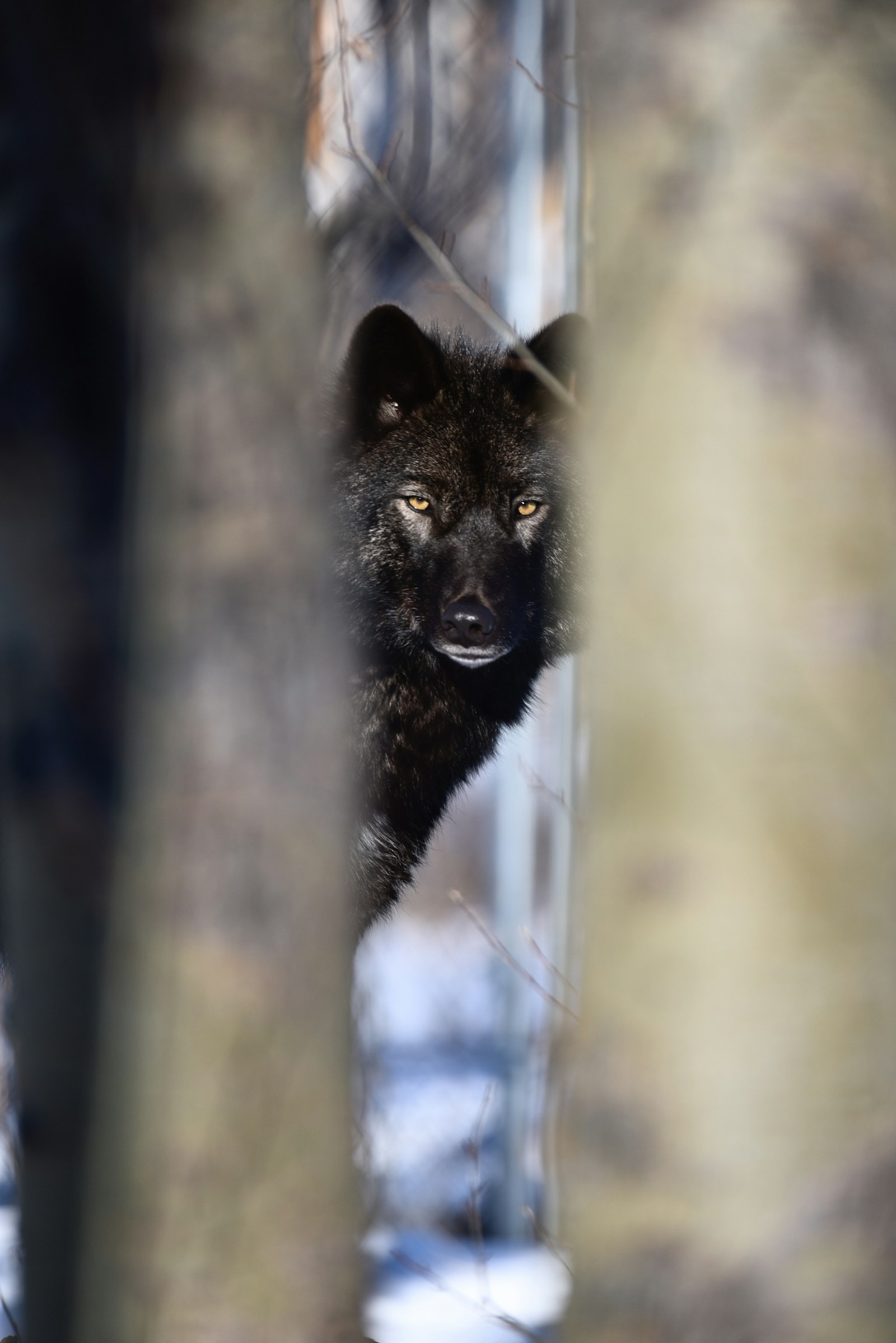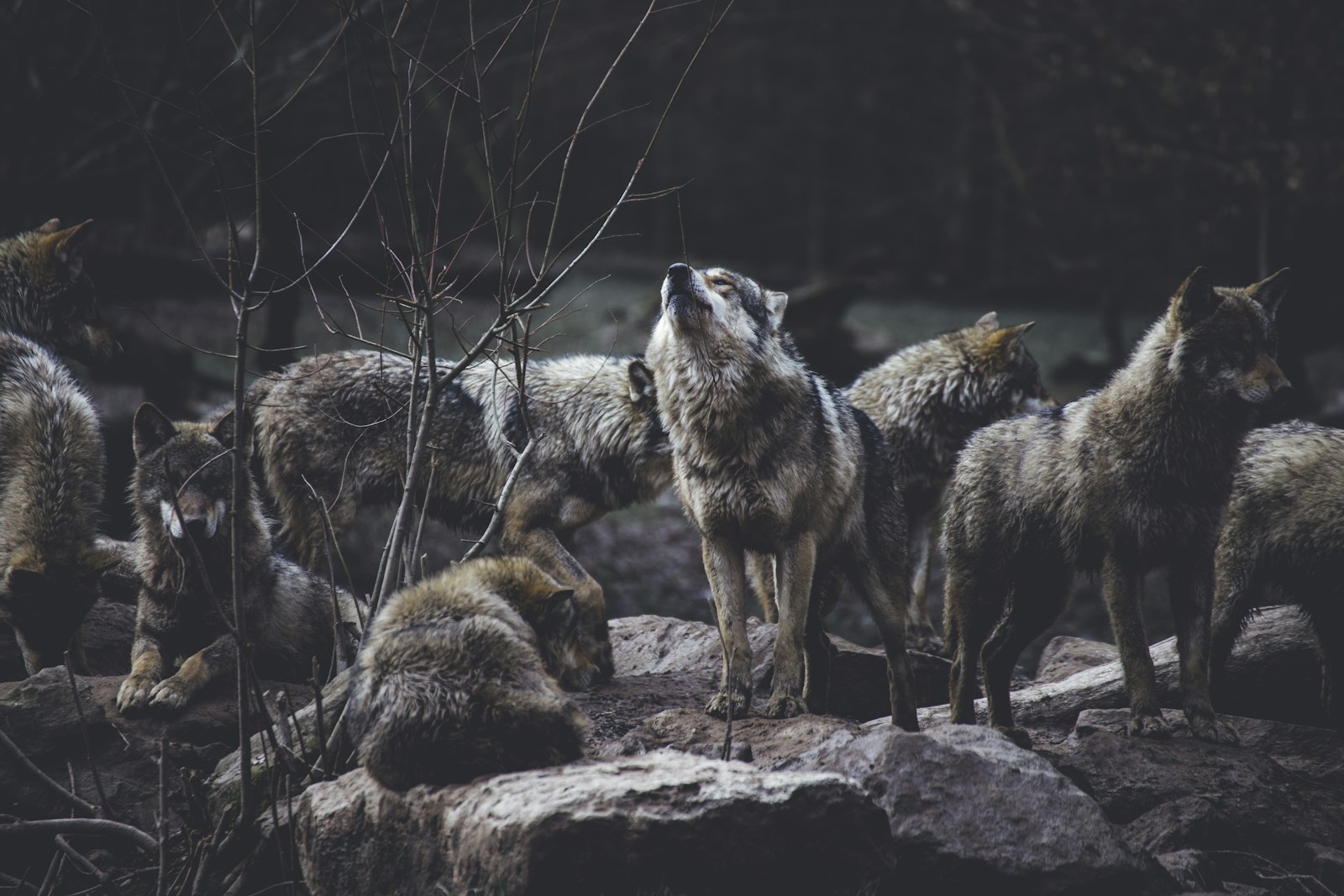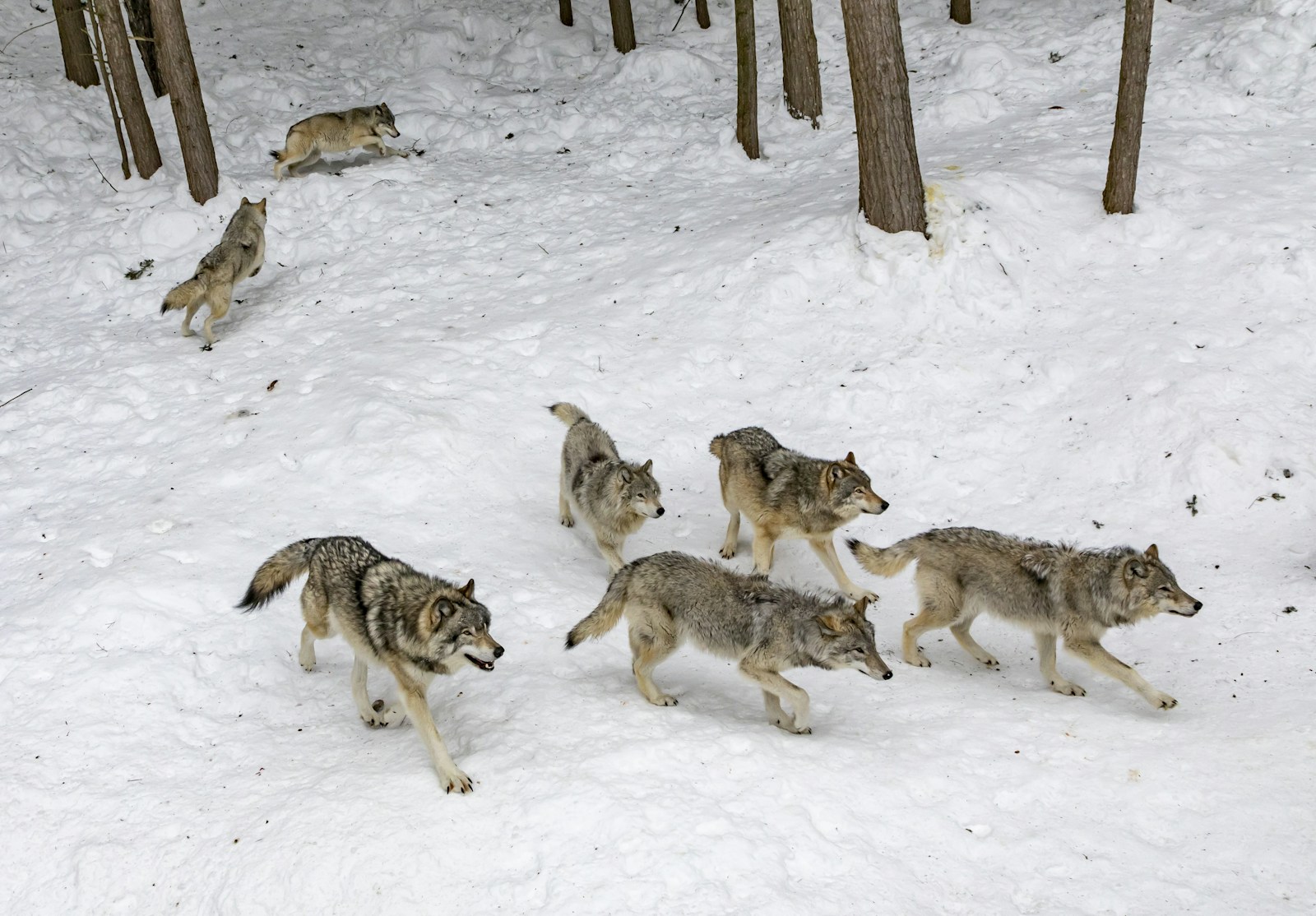By Rory Hale – REALTOR®, Rural Properties & Acreages near Calgary
Let me start by saying, wolves, bears, and cougars are apex predators. They can make life hard on ranchers and farmers, but they are a part of our ecosystem. This post is not meant to insight a debate, more to point out that we have a diverse wilderness and are lucky to have it. Please be respectful of that.
The mist rolling off the river after a hard rain just starting to lift off the valley floor, when a sound cuts through the air — a long, haunting howl, echoed by a chorus of voices in the distance. It’s the local wolf pack, greeting the morning or calling to one another as they navigate the wild landscape of the Alberta foothills.
Living in the foothills means embracing the presence of wildlife, from birdsong at sunrise to the occasional sight of a wolf trotting through the pines. As a rural realtor, I’ve come to appreciate these moments when nature makes itself known, reminding us that we’re sharing this land with creatures who have called it home for centuries. Let me tell you about one of the most misunderstood and remarkable residents of the foothills — the grey wolf.
I have lived in Alberta my entire life, and have only ever seen a wolf in the wild once, so living in a place where I get to hear their howls, and maybe one day see one across my pasture, is truly amazing. I have seen wolves on my trail cams, once I even got a glimpse of a pack. Wolves are like ghosts here, avoiding people as much as possible, as they know that interactions with humans never ends well for them, all while surviving in the harsh wilderness of the foothills.

Why Wolves Are Special: Grey wolves are social, intelligent, and fiercely loyal to their pack. A typical pack consists of an alpha pair (the breeding pair), their offspring, and sometimes a few unrelated wolves. They communicate through howls, barks, and even body language, maintaining order and cooperation as they roam their territory.
Their ability to cover ground is astounding. A wolf pack’s range can span up to 1,000 square kilometres, encompassing forests, valleys, and hills. In the Alberta foothills, wolves make their dens in secluded spots — under fallen trees, in rock crevices, or even repurposing coyote or badger dens
Wolves are apex predators, essential for maintaining the balance of ecosystems. They help control ungulate populations like deer and elk, which, in turn, prevents overgrazing of young saplings and undergrowth. When wolves were reintroduced to Yellowstone, the ripple effects were profound — riverbanks stabilized, songbird populations rebounded, and the forest itself grew denser and healthier. Could the same balance be true here in the foothills?
.Wolves’ predatory habits often make them targets of fear and controversy. But without them, prey species would grow unchecked, impacting the entire ecosystem. Are we quick to vilify predators without considering the larger picture?
Primarily, wolves hunt ungulates (like deer, elk, and moose), but they’ll also take smaller mammals when larger prey is scarce. A pack works together to chase and corner their quarry, relying on teamwork and endurance rather than sheer speed. On occasion, wolves will take cattle and other livestock. I don’t know a ranch that likes them, but in fairness to each side, both are just trying to survive.
Besides humans, wolves face few natural predators. Occasionally, bears might scavenge a kill, and rival wolf packs can clash over territory. Disease and food scarcity are more common threats than predation.
Wolves are iconic for their loyalty, intelligence, and the primal song of their howls. They symbolize wilderness and the untamed spirit of the foothills. Yet, they also challenge us to rethink our relationship with nature — can we coexist without conflict?

If you’re looking for a property where you can experience the beauty and power of nature firsthand — where a wolf’s howl might be part of your morning routine — give me a call. I’d love to help you find a place where living with wildlife becomes a daily adventure.


